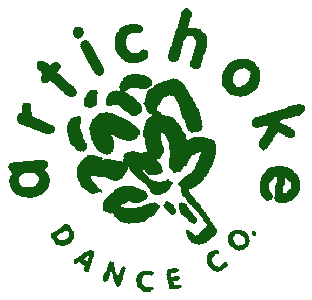Over the past 6 months I’ve been conducting research along and around the Los Angeles River for Future Currents: The LA River, a project commissioned by The Younes and Soraya Nazarian Center for the Performing Arts at California State University Northridge. This project coalesces arts, academic and environmental communities to examine, reflect on, and re-envision parts of a large scale revitalization effort. During my visits I’ve experienced the vastly different terrains of the river, from the concrete channel in Studio City that looks more like a storm drain than a river, to the soft bottom sprawl around Sepulveda Basin, that I envision is somewhat like the flood plain the LA River was a century ago, to the silt covered area at Frogtown in Elysian Valley.
People’s response to the river is as vast as its terrain. I’ve met Angelenos who have grown up within a mile of the river and not seen it, or not known they’ve seen it. (There are parts that don’t resemble a river at all.) There are people for whom it is a destination as a place to get away, a recreation area, or a home.
I’m discovering the river serves as a microcosm of larger issues in Los Angeles, which similarities to the remediation, rezoning and developments around the Gowanus Canal near my home in Brooklyn. With revitalization comes an influx of ideas, capital, hope, promise, fear, distrust and misunderstandings. What will the future of this geographic area look like? Who will it serve? Who gets to decide?
Frogtown mural
On my last visit, I talked with a man who was gazing onto the river from the bike path running above and along it. “You know, there used to be tons of frogs here. Every evening they’d come up from the river and fill the neighborhood. That’s why it’s called Frogtown,” he explained to me while admiring an osprey that was scanning the terrain for a mid-morning snack. “We don’t have them anymore.” “What happened”, I queried. “I don’t know”, he replied. I asked what else had changed in the neighborhood over the 50 plus years he’d been here. “Well, I used to live on a dead end street that looked like a dump. Now I live on a cul-de-sac. There’s a park at the end.”
This man had grown up in Frogtown and is grateful for the coffee shops, brewery and design studios that have come in. His parents owned a bunch of properties, but sold most of them for a significant profit within the last year. As an owner in Frogtown, he felt secure. I asked what he knew about the proposed developments for the 42 acre Taylor Yard G2 parcel of land the City of Los Angeles acquired for 60 million dollars across the river. “What’s going to happen there?” I asked. “I think they are building high rise condos”, he replied.
What will it look like? Who will it serve? Who decides? What voice do we have?
The arts and artists provide creative options to problems that often times have otherwise prescriptive solutions, which might not make the most sense in the future. I call this a failure of imagination, and while none of us can predict the future with absolute certainty, we can, and need to, think forward and holistically. A main collaborator for Future Currents: The LA River is sculptor Steve Appleton, a longtime river advocate and Frogtown business owner. Steve landed on arundo donax, an invasive reed species growing in the bed of the river near Frogtown, as a target material, out of which he’s making sculptures and flutes.
Harvesting arundo in the LA River
The Army Corps of Engineers solution to eradicating the arundo is large-scale application of herbicides. While this accomplishes the objective, it harms other plants and animals. The LA River is part of the Mediterranean Ecological Zone that covers 2% of the earth’s surface yet supports 20% of its biodiversity. Expanding and enhancing this area is part of the objective of the revitalization initiatives. Steve’s creative solution demonstrates an alternative method and use.
Earlier this fall he and I were in the riverbed surveying an area of rocks slated to be removed to improve water flow. The city’s plan was to excavate and haul tons of the rocks to a landfill to the north. The plans for the adjacent Taylor Yard G2 parcel include public park areas, likely utilizing rocks. What’s the sense in hauling and disposing of a material that would then be purchased down the road for use in a plot right next door? From an economic, energy, labor, and pollution perspective, it made no sense.
Steve Appleton with river rocks slated for removal
First we discussed of a performative way to divert the rocks, a human conveyor belt that would pass them from person to person out of the river. Then we got realistic, given the timeframe of the proposed removal. Thanks to Steve’s connections and advocacy, within a few days, the plan was redirected to send the stones directly to the Taylor Yard G2 parcel.
The take aways here for me also reflect some beliefs and practices:
Everything is connected to many other things. Take the time to find those connections before acting.
Understand what’s going on next door, knowing that the door may be close or far away.
Picture the future with both a lens of realistic predictions and alternative possibilities. Have the courage to imagine what is not.





